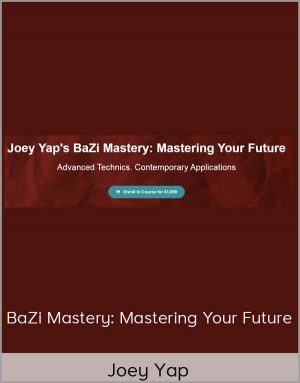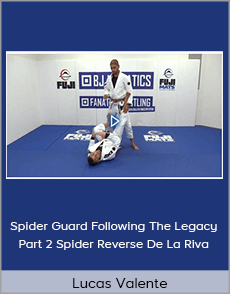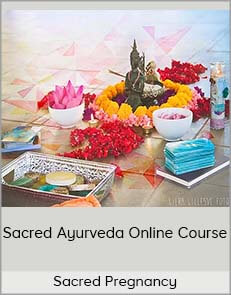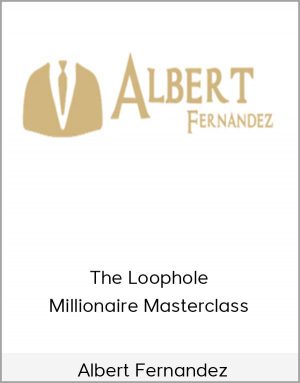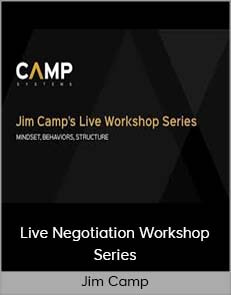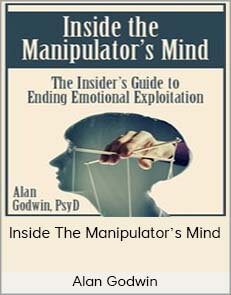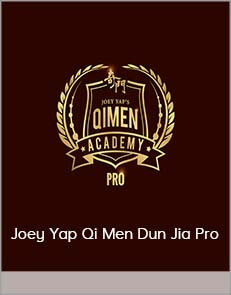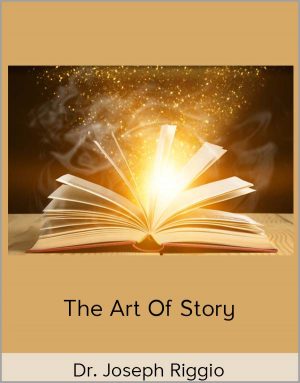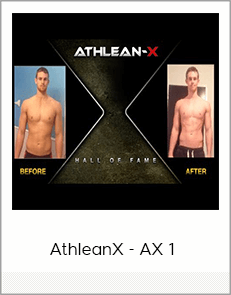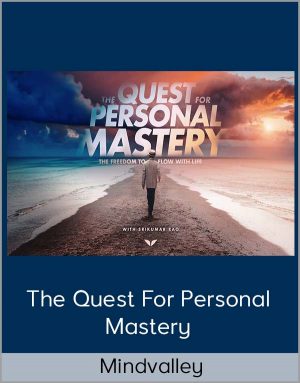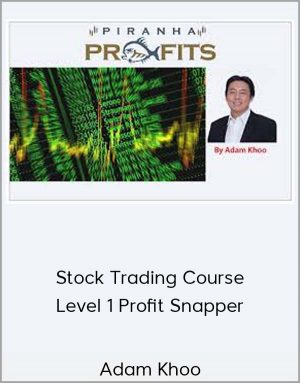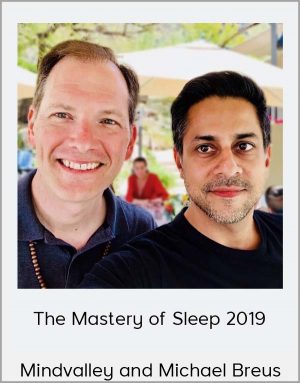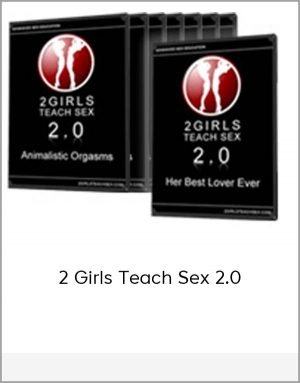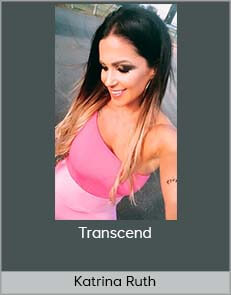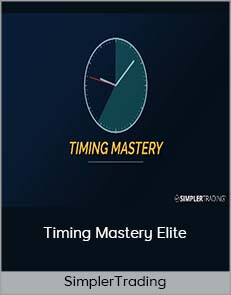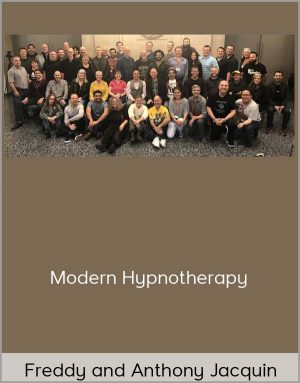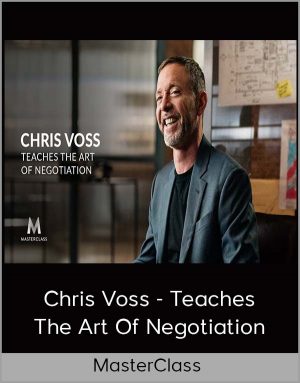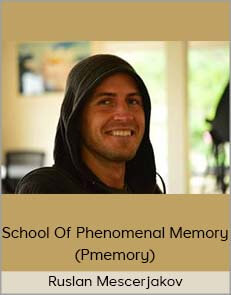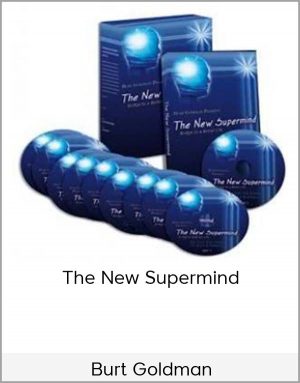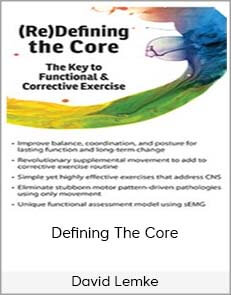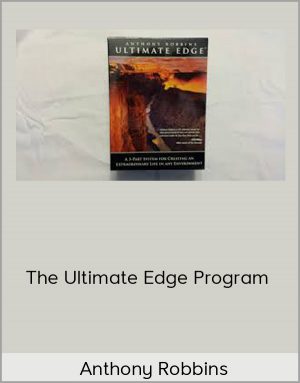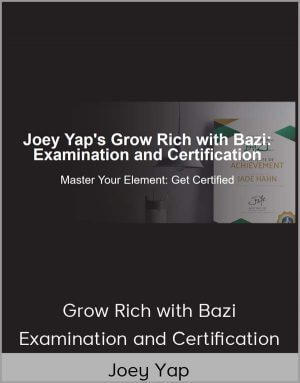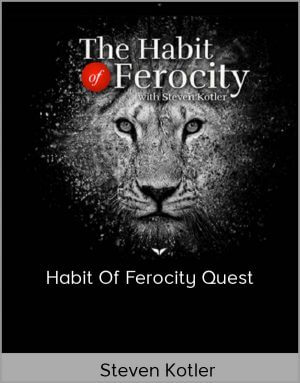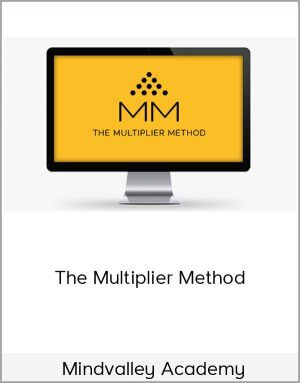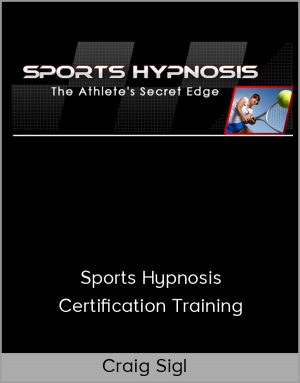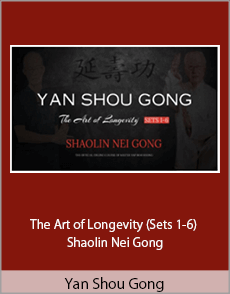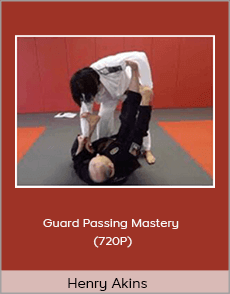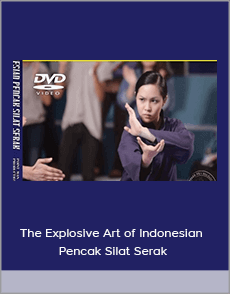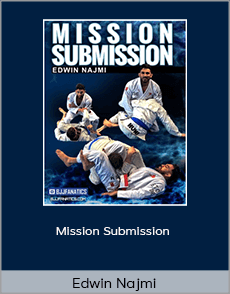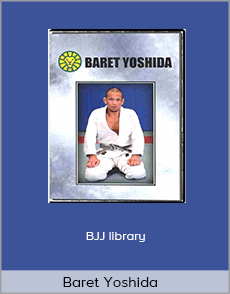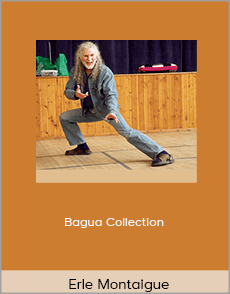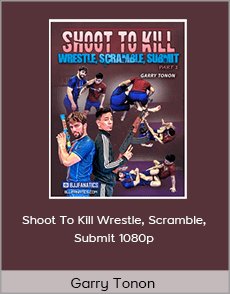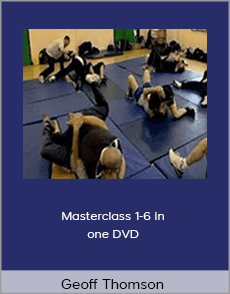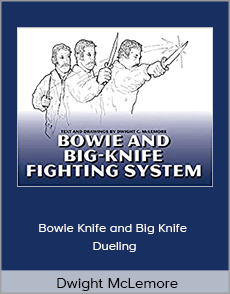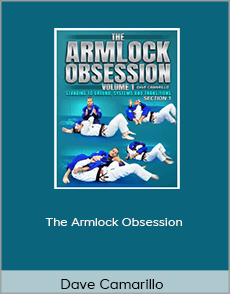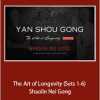-
1 × $200.00
-
1 × $62.00
-
1 × $95.00
-
1 × $130.00
-
1 × $35.00
-
1 × $420.00
-
1 × $59.00
-
1 × $27.00
-
1 × $95.00
-
1 × $90.00
-
1 × $10.00
-
2 × $100.00
-
1 × $20.00
-
1 × $150.00
-
1 × $75.00
-
1 × $150.00
-
2 × $35.00
-
1 × $217.00
-
1 × $195.00
-
1 × $200.00
-
1 × $142.00
-
1 × $20.00
-
1 × $29.00
-
1 × $127.00
-
1 × $60.00
-
1 × $90.00
-
1 × $45.00
-
1 × $25.00
-
3 × $60.00
-
1 × $130.00
-
1 × $167.00
-
1 × $95.00
-
1 × $100.00
-
1 × $90.00
-
1 × $370.00
-
1 × $50.00
-
1 × $52.00
-
1 × $80.00
-
1 × $40.00
-
1 × $250.00
-
2 × $37.00
-
1 × $59.00
-
1 × $499.00
-
1 × $15.00
-
1 × $87.00
-
1 × $55.00
-
1 × $145.00
-
1 × $25.00
-
1 × $15.00
-
1 × $150.00
-
1 × $50.00
-
1 × $35.00
-
1 × $55.00
-
1 × $167.00
-
1 × $120.00
-
1 × $77.00
-
1 × $47.00
-
1 × $100.00
-
1 × $70.00
-
1 × $69.00
-
1 × $150.00
-
1 × $82.00
-
1 × $10.00
-
1 × $67.00
-
2 × $30.00
-
2 × $120.00
-
1 × $25.00
-
1 × $120.00
-
1 × $80.00
-
1 × $42.00
-
1 × $20.00
-
1 × $80.00
-
1 × $10.00
-
1 × $125.00
-
1 × $129.00
-
1 × $150.00
-
1 × $35.00
-
1 × $62.00
-
1 × $25.00
-
1 × $197.00
-
1 × $27.00
Yan Shou Gong – The Art of Longevity ,Sets 1-6 ,Shaolin Nei Gong
$50.00$299.00 (-83%)
Yap Boh Heong is a 3rd generation Kungfu master with close to 50-years of experience in Southern Shaolin Kungfu, Traditional Chinese Martial Arts (TCMA), and Nei Gong.
SalePage
Yan Shou Gong – The Art of Longevity (Sets 1-6) Shaolin Nei Gong
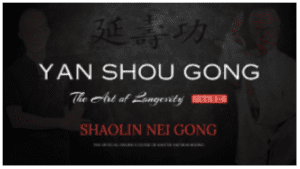
Check it out: Yan Shou Gong – The Art of Longevity (Sets 1-6) Shaolin Nei Gong
Description
Yan Shou Gong is an Authentic Nei Gong practice traditionally taught to only the most senior monks in the Southern Shaolin Temple. Each of the Yan Shou Gong sets condenses the best practices of the Nei Gong arts, making them:
- Easy to learn
- Quick to practice
- Produce real internal skills.
Many types of Nei/Qi Gong practices typically take years before a student feels any benefits from the training; Or even worse, the methods don’t produce any results. However, this is not the case with Yan Shou Gong, as the student will notice the benefits instantly, and in most instances, it can begin to deliver results within weeks.
Yan Shou Gong also emphasizes the development of kinetic energy and the mind; in Chinese martial arts, these terms are referred to as Jin 勁 and Yi 意. It also teaches the practitioner how to perform techniques such as Grounding, Rooting, and Centering, creating awareness and mindfulness of being in the body. This can improve a practitioner’s martial abilities, but it can also help relieve stress, anxiety, and depression.
The comprehensive instruction provided for Yan Shou Gong sets 1-6 in this course is ideal for martial artists who want to study an authentic Nei Gong system/internal art. It is also suitable for those who have previously been too busy, living a stressed-out lifestyle and now need to work on improving their health.
Inner-door Students Group
As well as the comprehensive video instruction provided within the course, Master Yap has created a private group to personally guide students studying the Yan Shou Gong (Shaolin Nei Gong) course with him. Access to the group is exclusive and only available to students who enroll in this course. Students can use the group to ask questions, discuss the video lessons and share their training experiences with the other pupils. Master Yap will be on hand to answer any questions and share new video lessons with the group.
About Yap Boh Heong
Yap Boh Heong is a 3rd generation Kungfu master with close to 50-years of experience in Southern Shaolin Kungfu, Traditional Chinese Martial Arts (TCMA), and Nei Gong. He is the son of the late Grandmaster Yap Cheng Hai, an internationally renowned master of Kungfu and feng shui.
Master Yap has acquired extensive knowledge and understanding of Shaolin Kungfu and especially the internal martial arts of Five Ancestors, WuMei and Yan Shou Gong. He has spent the past ten years researching and developing a new teaching pedagogy (TCMA) that makes sophisticated concepts easy to understand and accelerates learning. While it would traditionally take ten years for a new student to achieve proficiency in TCMA, it can now be achieved in 3 years using these new methods. Since he began teaching with these new methods, he has produced several highly skilled and capable students, proficient in using their internal energies, such as Jin and Yi.
Although his initial focus was on the martial aspects of TCMA, he has also turned his focus towards the health and well-being aspect after seeing how it can help others improve their lives. He now actively teaches Yan Shou Gong (YSG), an authentic Nei Gong taught previously to only the most senior monks in Southern Shaolin Temple.
Since the passing of GM Yap Cheng Hai and GM Chee Kim Thong, Master Yap Boh Heong has taken over the mantle and is actively teaching and spreading the benefits of Yan Shou Gong to the world. He recently began teaching internationally in Europe, conducting courses and workshops in the Netherlands, Germany, UK, Sweden, Denmark, Singapore, Thailand, and Indonesia.
Requirements:
- An open mind and willingness to learn.
- The ability to listen and follow instructions.
Who this course is for:
- Martial artists.
- Kung fu practitioners.
- Qi Gong practitioners.
- Anyone interested to learn authentic Shaolin Nei Gong and the internal arts.
- Meditators.
- Healers.
What you’ll learn:
- Yan Shou Gong sets 1-6
- Nei Gong and Qi Gong theory.
- How to train and produce Jin 勁.
- Mindfulness.
- Authentic Shaolin Nei Gong.
Benefits
- Strengthen the body.
- Improve posture.
- Improve balance.
- Increase joint flexibility.
- Improve grounding.
- Reduce stress.
- Instill a state of calmness.
- Help to recover from burn-out.
- Feel more alert and energetic.
- Develop better resistance from disease.
- Faster recovery from injuries.
* Please refer to the article published on the Harvard Medical School website for more information on the benefits of Tai Chi and Qi Gong– https://www.ncbi.nlm.nih.gov/pmc/articles/PMC3085832
Course Content
SUPPORTING MATERIAL
1. The History of Yan Shou Gong Sample Lesson
2. The creators of Yan Shou Gong Sample Lesson
3. The benefits of training Nei Gong Sample Lesson
4. How to approach training Nei Gong Sample Lesson
5. The Roadmap Sample Lesson
6. The Roadmap – Part 2 Sample Lesson
BEGINNING YOUR NEI GONG JOURNEY
1. Welcome to the YSG course
2. The profound depths of learning Nei Gong
3. The Martial and the Healing aspects of authentic Nei Going
4. How to practice Nei Gong
‘EVERYTHING COMES FROM EMPTINESS’ – SET 1
1.1 An introduction to the first form
1.2 Explaining the first movement
1.3 Explaining the second movement
1.4 Explaining the third movement
1.5 Explaining the fourth movement
1.6 Explaining the last movement
1.7 The complete form – Follow along video
1.8 The pointers – Part 1
1.9 The pointers – Part 2
1.10 The pointers – Part 3
1.11 The pointers – Part 4
1.12 The pointers – Part 5
1.13 Summary
‘LOOK LEFT, LOOK RIGHT’ – SET 2
2.1 An introduction to the second form
2.2 Explaining the first and second movements
2.3 Explaining the third movement
2.4 Explaining the fourth movement
2.5 Explaining the fifth movement
2.6 Explaining the last movement
2.7 The complete form – Follow along video
2.8 The pointers – Part 1
2.9 The pointers – Part 2
2.10 The pointers – Part 3
2.11 The pointers – Part 4
2.12 The pointers – Part 5
2.13 The pointers – Part 6
‘CASTING THE NET’ – SET 3
3.1 An introduction to the third form
3.2 Explaining the first movement
3.3 Explaining the first movement (side view)
3.4 Explaining the second movement
3.5 Explaining the second movement (rear view)
3.6 Explaining the last movement
3.7 Footwork
3.8 The complete form – Follow along video
3.9 The complete form – Follow along video (side view)
‘CALMING HEAVEN & EARTH’ – SET 4
4.1 An introduction to the fourth form
4.2 Explaining the first movement
4.3 Explaining the second movement
4.4 Explaining the second movement (side view)
4.5 Explaining the third movement
4.6 The complete form – Follow along video
4.7 The complete form – Follow along video (side view)
4.8 The pointers – Part 1
4.9 The pointers – Part 2
4.10 The pointers – Part 3
‘INCENSE POINTING TO HEAVEN’ – SET 5
5.1 An introduction to the fifth form
5.2 Explaining the first movement
5.3 Explaining the second movement
5.4 Explaining the third movement
5.5 Explaining the third movement (side view)
5.6 The complete form – Follow along video
5.7 The complete form – Follow along video (side view)
5.8 The pointers – Part 1
5.9 The pointers – Part 2
5.10 The pointers – Part 3
5.11 The pointers – Part 4
5.12 The pointers – Part 5
SUN & MOON SWINGING – SET 6
6.1 An introduction to the sixth form
6.2 Explaining the first movement
6.3 Explaining the second movement
6.4 Explaining the third movement
6.5 Explaining the last movement
6.6 The complete form – Follow along video
6.7 The complete form – Follow along video (side view)
6.8 The pointers – Part 1
6.9 The pointers – Part 2
6.10 The pointers – Part 3
6.11 The pointers – Part 4



